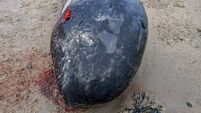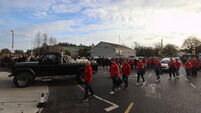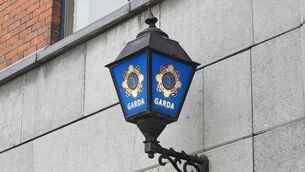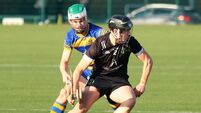'The survivors, as a community, are just not believed', says Rosemary Adaser
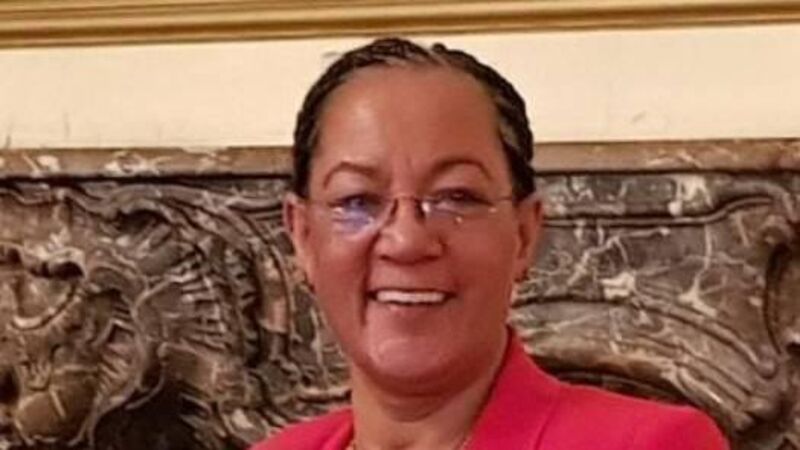
Rosemary Adaser, founder of the Mixed-Race Irish Association.
Eight days after the report into mother and baby homes was published, survivor and activist Rosemary Adaser is still reeling from the shock of its shortcomings.
Born to a Ghanaian doctor father and an Irish mother who worked as a telephonist in the same hospital, she was put into St Clare's Convent in Stamullen, Co Meath, before being moved, aged 18 months, to St Patrick’s mother and baby home in Dublin in 1958.
Years of brutality and abuse began in earnest when she was moved, age six, to St Joseph's industrial school in Kilkenny.
Stripped and whipped so violently with thorn-covered rose bushes, she was hospitalised at one stage, her skin covered in welts.
She was routinely made bathe last out of 31 other children "because her skin was dirty" and she was dragged out of bed at night to unblock human-excrement-clogged toilets "because her skin was that colour anyway".
“If you were mixed race back in the ’50s and ’60s you were 99% sure of being put in an institution,” she said.
“We were just dumped there and no effort was made to foster or adopt us.”
While in St Joseph’s, she had a baby boy who was forcibly taken from her when she was 17 and sent to Bessborough mother and baby home in Cork, where he was reportedly placed in “the rejects ward” with other mixed-race children.
Yet, the recent Mother and Baby Homes Commission of Investigation report found there "does not appear to have been systematic discrimination against women and children based on their race".
Reading the commission’s report has left Ms Adaser “completely drained” and “wrung-out.”
“This report is not fit for purpose.
“Roderic O’Gorman needs to convene an independent board to look at the report immediately, starting tomorrow, to report back in three months.
“That board should be formed with people from a number of disciplines – socio-legal, race, disability, survivors’ advocates"
Ms Adaser said the report draws “staggering” one-line conclusions that are full of contradictions and inaccuracies.
“It says it found no evidence of forced adoptions but it was likely that the mothers felt that they had no choice.
“Then it says that the vaccine trials did no harm to children.
“But Professor Bernard Mahon of Maynooth University said that the commission cannot draw that conclusion because there was never any assessment of potential damage done by those trials.
"Saying there were no trafficked children, no children exported to the USA is unbelievable when a nun said that their main source of income was from sending babies for adoption – trafficking babies.
"And the social history, the journalists’ reports from the time are at complete variance with the commission’s findings.
Despite her traumatic start in life, Ms Adasar moved to the UK so that she "could disappear into the crowd". She subsequently earned two degrees, including a master’s from the prestigious London School of Economics.
She co-founded the Association of Mixed Race Irish (AMRI) in 2015 to raise awareness of the abuses suffered by mixed-race children in institutional care in Ireland.
She has made representations to the UN and the Irish government on racism and the horrors of Ireland's mother and baby homes, successfully ensuring that the issue of race was included in the terms of reference for the recent report. But she had higher hopes for its outcome.
"This report is grim reading. Just reading it depresses me. I’m drained, wrung-out. I feel that all the work I put in to make sure that we were given a voice, a chance at a real investigation, was worthless," she said.





